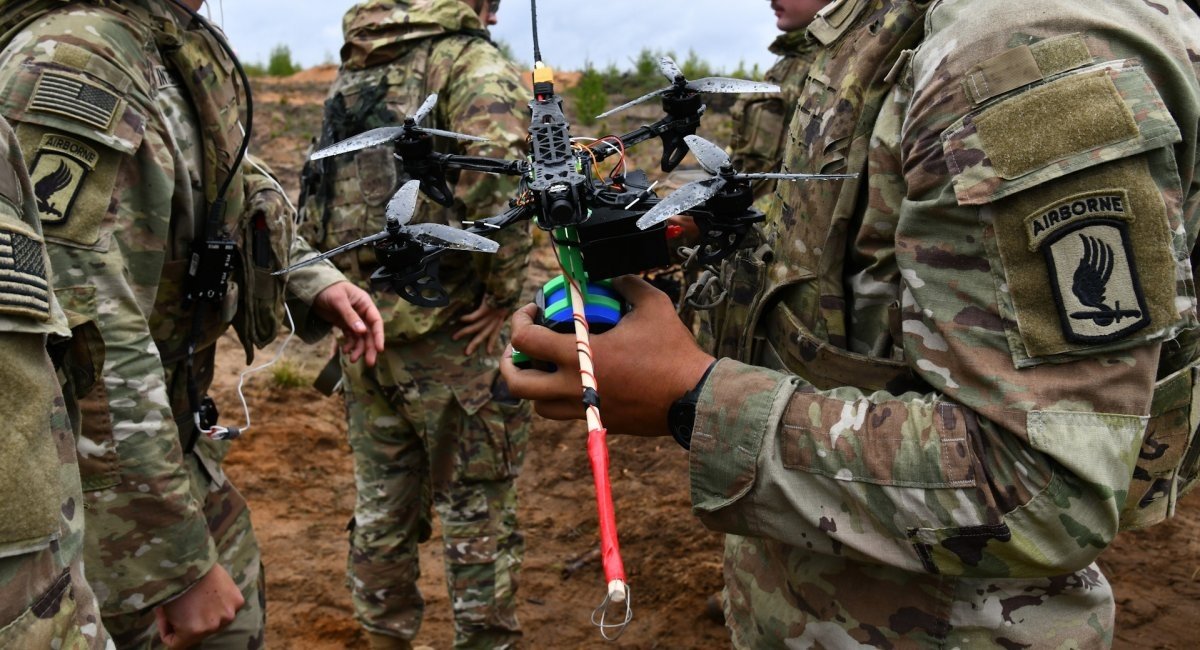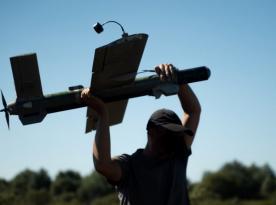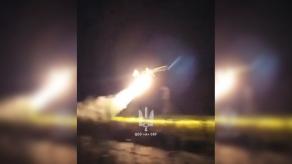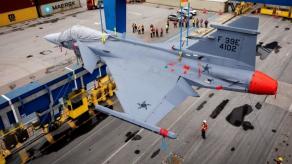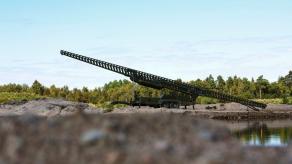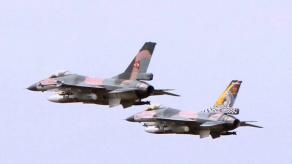The U.S. Department of Defense's has adopted a clear course toward adopting drones in the military. For instance, the Army has developed and recently tested a grenade-dropping system for a Mavic-type drone, although it took several years of development and a separate project to achieve.
A simple mechanism took over two years to make its way to the military, which speaks volumes of all the paperwork obstacles it had to overcome. That's not to mention that the U.S. armed forces only started experimenting with small drones in 2023in 2023, when this type of weapon was already shaping the landcape of warfare in Ukraine.
Read more: From Halt to New Aid Packages: the U.S. Discusses PDA Renewal, NATO Purchases, Offensive Rockets for Ukraine
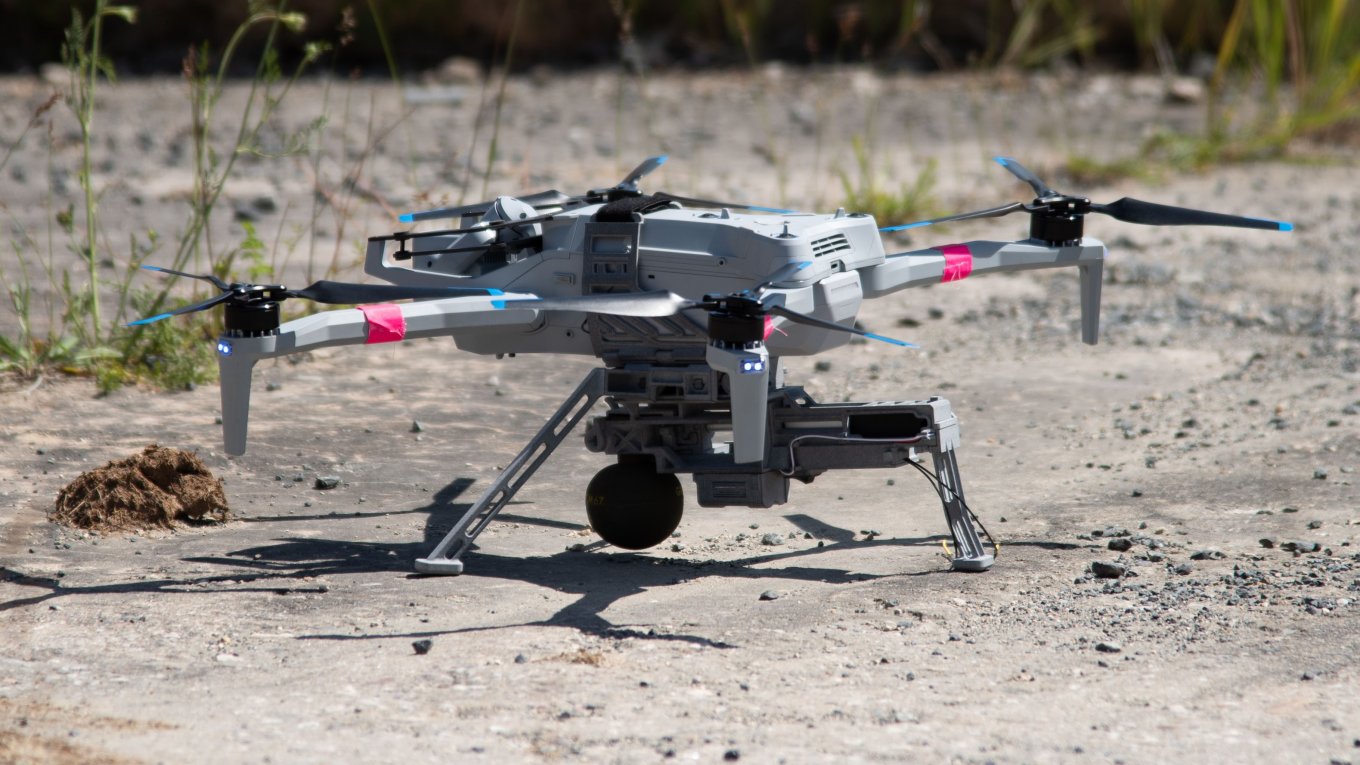
Butr this sluggish approach when it comes to new drone tactics is set to change. To that end, the U.S. Secretary of Defense Pete Hegseth signed the Unleashing U.S. Military Drone Dominance memorandum on changing the procurement policy for small UAVs.
He also put up a bit of a show, as he posted a video with a Skydio X10 drone delivering the document for him to sign. While similar to the cheap Chinese Mavic, Skydio costs tens of thousands of dollars apiece.
The changes the U.S. Department of Defense plans to implement are designed to rejuvenate the drone procurement procudures and the U.S. drone industry — particularly through expanding production, culling all excessive bureaucracy, and providing every ground forces unit with FPV drones.
The specific measures include granting combat units the right to purchase, test, and train to operate small UAVs independently. Resptrictions on using widely available civilian components (primarily those of Chinese origin) are removed, while involving "local innovations" and 3D printing is maximized.
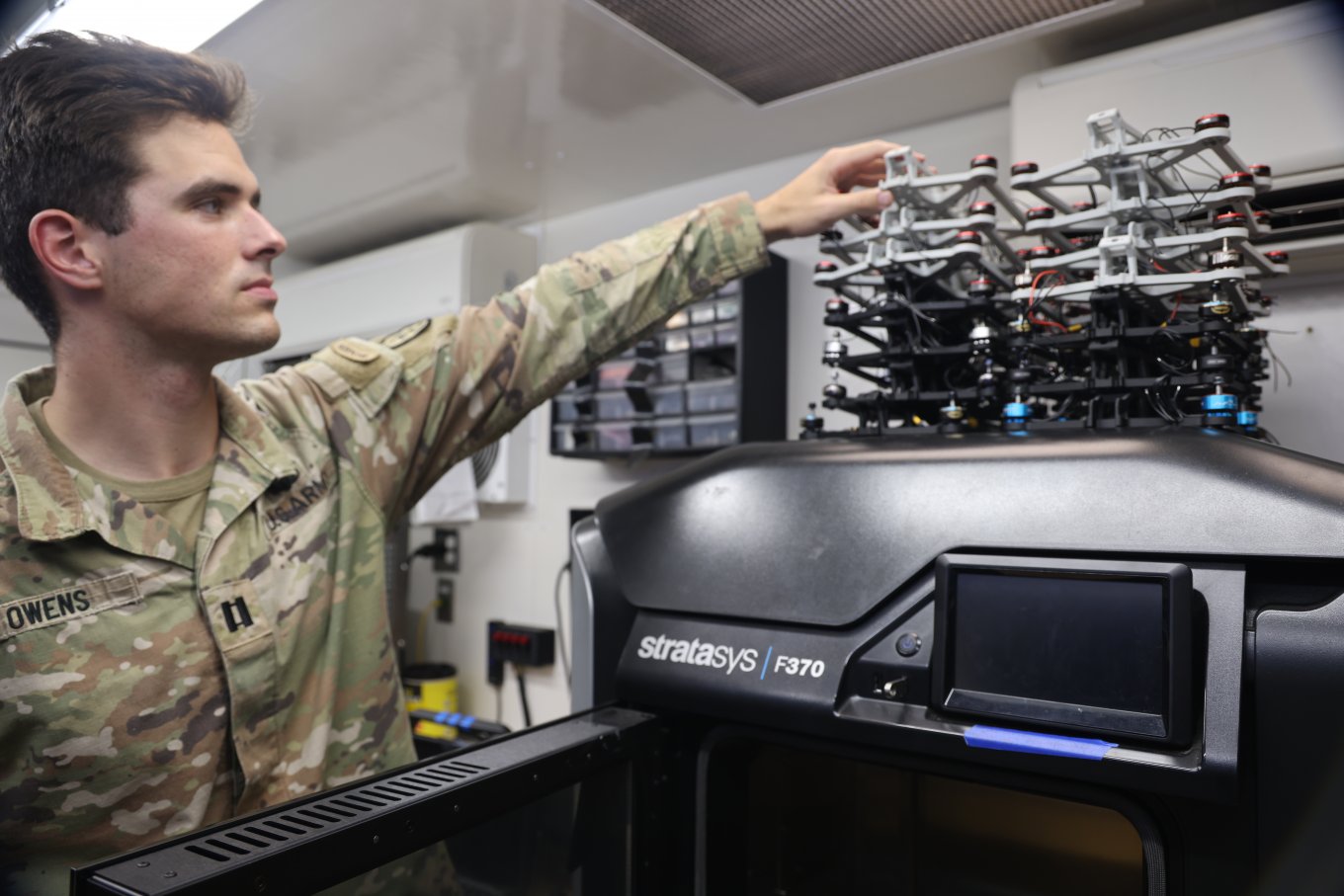
In addition, the Pentagon will radically expand and simplify the process for creating the Blue UAS list, which identifies UAVs approved for purchase and use. Another very critical bureaucratic obstacle has also been removed: small drones, weighing up to 25 kg, are reclassified as consumable commodities and are no longer considered durable property.
The initiative appears to be a practical application of the Ukrainian example. Drone development became possible largely because the Ukrainian military could acquire such weapons with relative ease. Naturally, the practice of making such decisions came first, and only later was the codification of these weapons simplified.
Important to note, decisions of the U.S. Department of Defense may well become a global catalyst for Europe, as they often become the ultimate standard for defense ministries in other nations, especially NATO members. If the Pentagon wants the U.S. military to use FPV drones en masse, then this is definitely a marker for all European armies.
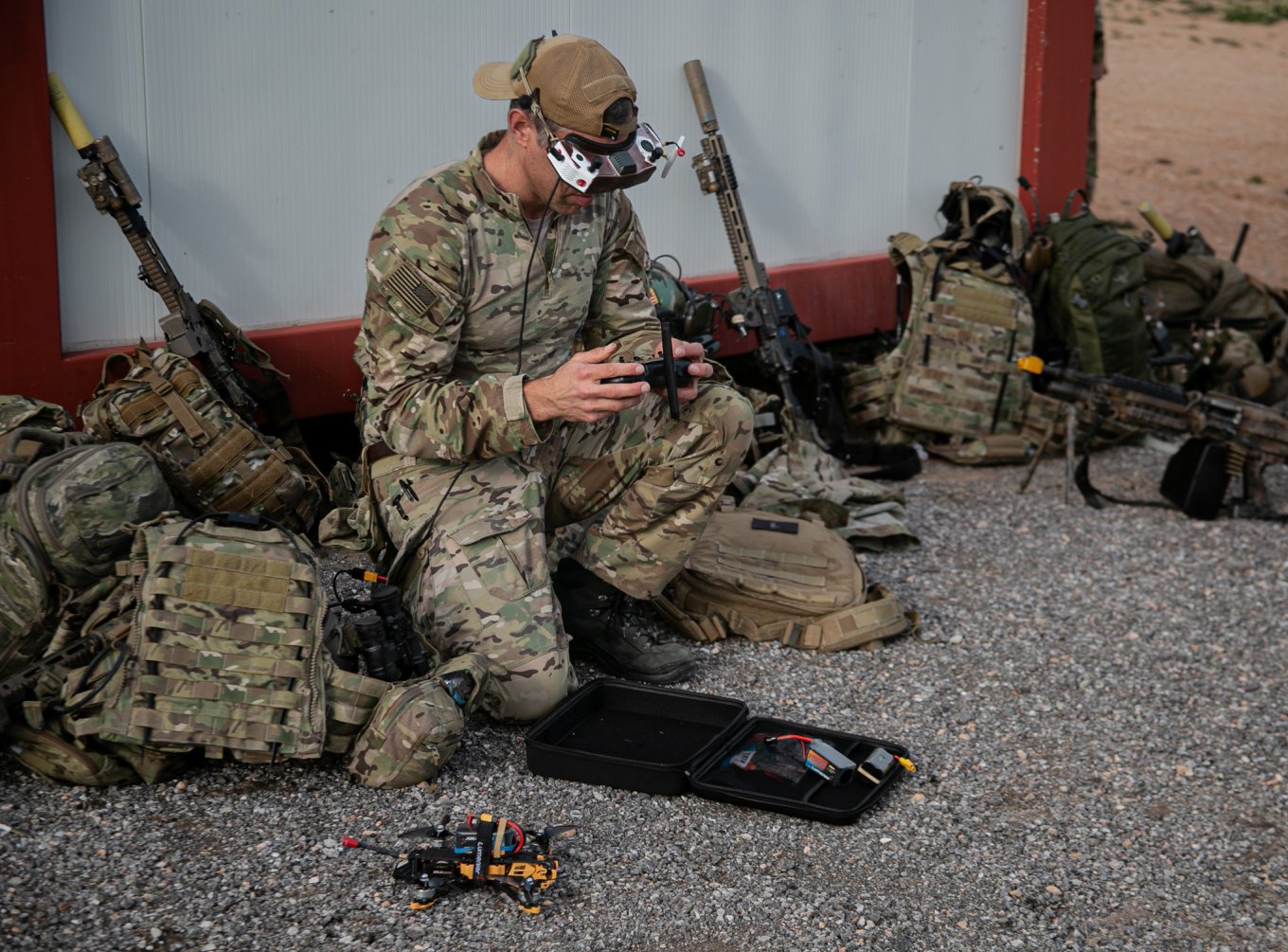
On the flip side, such changes in the U.S. Army will not happen anytime soon. According to the plan, the implementation of the new policy should take the whole of 2026, and tangible results should only come in 2027.
Read more: U.S. Sets New Deadline For Failed Ammo Production Ramp-Up to a Million Shells Yearly




